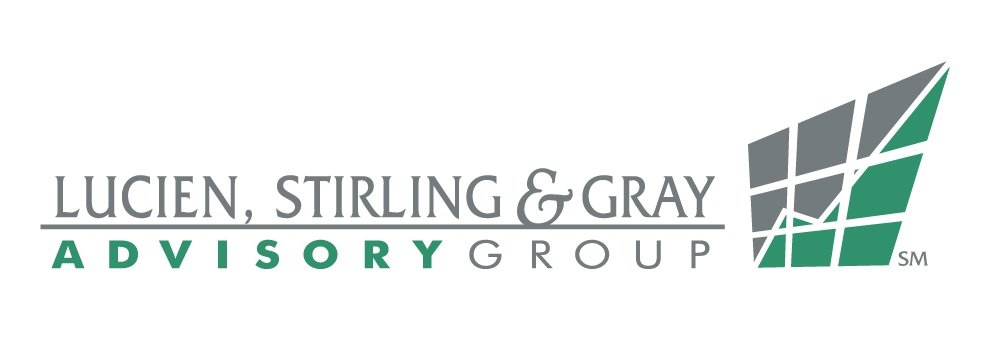The SECURE Act May Effect your Financial Planning
Has there ever been a time when you wondered if some official thought it was more important to come up with a catchy acronym than it was to name a law sensibly in the first place? My apologies if I sound cynical, but I’ve been having those thoughts recently.
The Setting Every Community Up for Retirement Enhancement (SECURE) Act was passed and signed into law by President Trump at the end of December 2019. It enacts various reforms to retirement law that could affect your retirement plans and your estate planning.
Despite the gentle fun I’ve poked at the origins its name, you would do well to bone up on it, because its passage changes the landscape for many people – in both positive and negative ways.
The most immediate impact of the bill will be experienced by older people in or nearing retirement. However, there also several changes that are important to note for younger or middle-aged people planning for future retirement. And the most dramatic changes of all will affect those expecting to inherit substantial IRA or 401(k) assets down the road.
Since you’ll likely have questions or concerns about the following information, we urge you to give us a call. We’d welcome a conversation.
The major effects of the SECURE Act include:
Continued IRA Contributions
For Baby Boomers who continue to work beyond age 70, Traditional IRA contributions can now be made after age 70 1/2 for anyone (or a married couple) with earned income.
New RMD Age
For those of you born after June 30, 1949, the required minimum distribution (RMD) age for retirement accounts increases to 72, up from 70 ½.
If you turned 70 ½ in 2019, you still must take your RMD before April 1, 2020 and you must continue to take your RMDs each year.
Qualified charitable distributions (QCDs) are still allowed once the account owner reaches age 70 ½.
Inherited IRAs
In the past, if you inherited an IRA, Roth IRA, or employer retirement accounts (401(k), 403(b), etc.) you could “stretch” your distributions and tax payments for pre-tax accounts over your single life expectancy, potentially enjoying longer tax-deferred growth and lower tax rates on distributions. The SECURE Act now requires most beneficiaries to withdraw 100% of assets from an inherited retirement account within 10 years following the death of the account holder.
Exceptions to the 10-year rule include assets left to a surviving spouse, a minor child, a disabled or chronically ill beneficiary, and a beneficiary who is not more than 10 years younger than the original account holder.
Employer Plans
The SECURE Act now requires employers to allow long-term, part-time workers who work more than 500 hours per year for three consecutive years to participate in the employer’s retirement plan.
Small-business owners can now more easily band together to establish and offer retirement plan to their employees through the adoption of multiple employer plans (MEPs), even if their businesses are completely unrelated.
The SECURE Act encourages employers to allow employees to convert their savings into guaranteed lifetime income through annuities, by providing a Fiduciary Safe Harbor for ERISA fiduciaries selecting an annuity company.
Other Effects of the SECURE Act
The SECURE Act permits parents to withdraw up to $5,000 from retirement accounts penalty-free within a year of a child’s birth or adoption for qualified expenses.
Parents are also now permitted to withdraw up to $10,000 per child (including siblings of the account beneficiary) from 529 plans to repay student loans.
Sources (click to read):
Please give us a call if you have any questions, or if you’d like to set up a meeting. We’d love to hear from you. Thank you, again, for your confidence and trust.
Thomas G. Twombly
President

